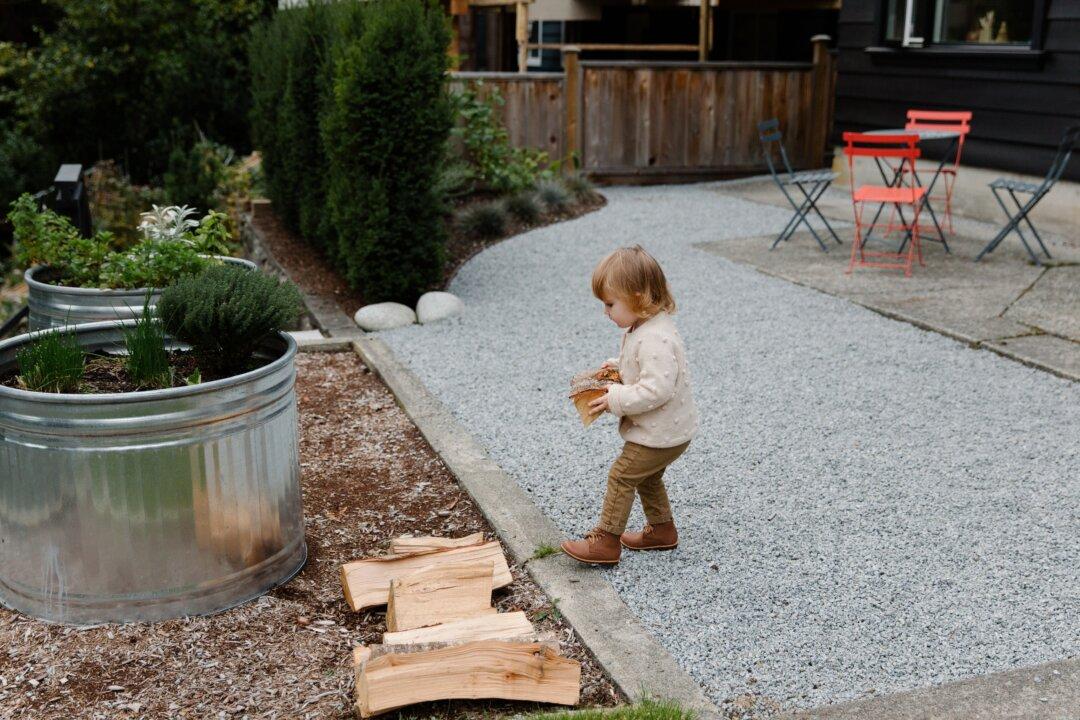For those living in an urban setting, growing vegetables or creating an outdoor sanctuary of greenery and blooms can seem like an impossible dream. When confronted with tiny terraces or balconies, many would-be gardeners living in apartments or small city spaces give up before they start. The great news is with just a bit of knowledge and a dash of creativity, you can unleash your green thumb and take your outdoor space from blah to beautiful – no matter its size.
Think Outside the Box
When your gardening space is small, it can be difficult to envision more than a potted plant or two in the corner. They key to maximizing your limited outdoor area is to think of it in three dimensions. You don’t just have a floor. You have walls and perhaps even a ceiling as your canvas.Walls are the perfect spot to create vertical gardens. You can build a simple framework to hold containers in a variety of shapes and sizes. You can also repurpose old furniture like dressers and bookshelves to create multi-level structures that display pots filled with your favorite plants, vegetables, and herbs.





